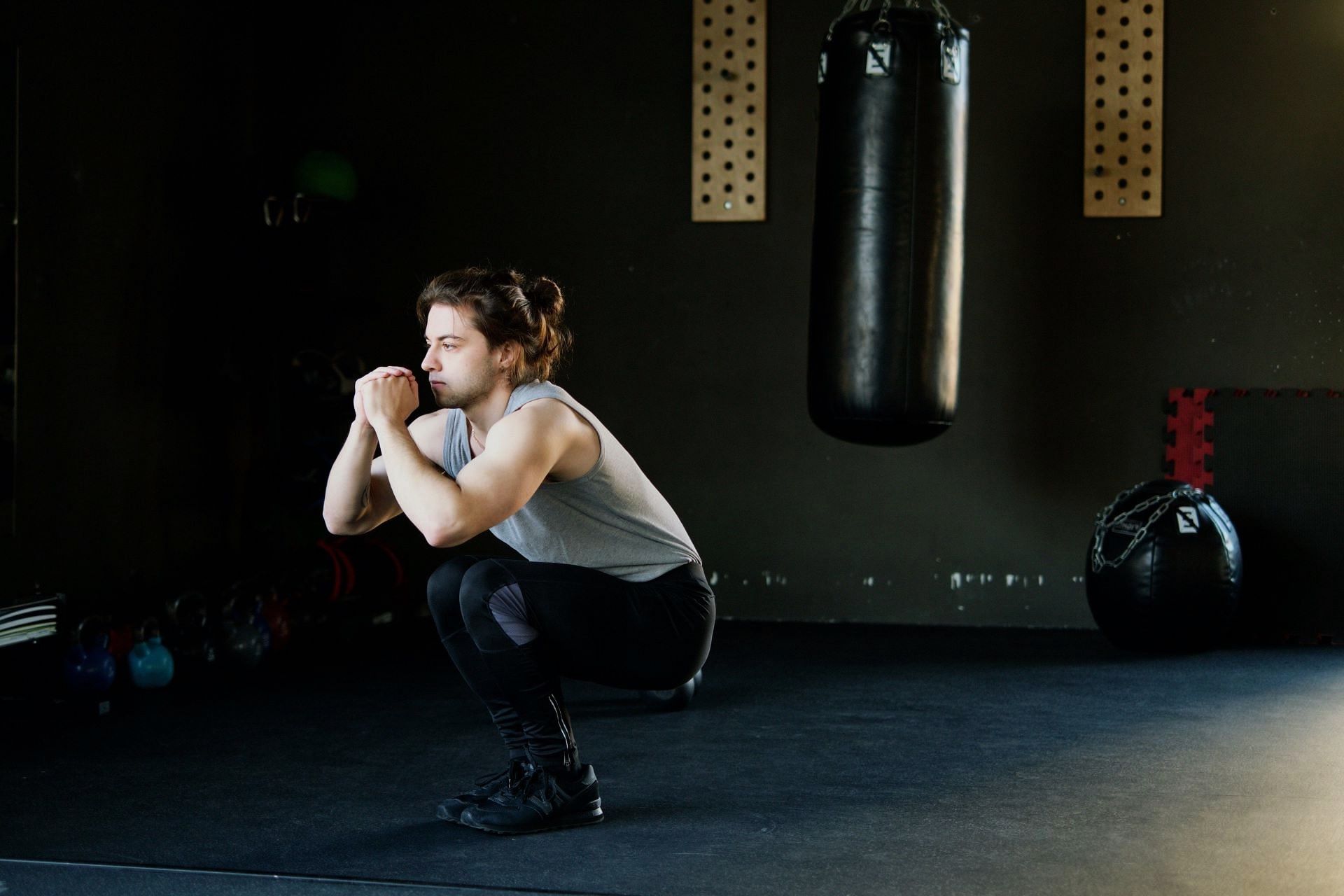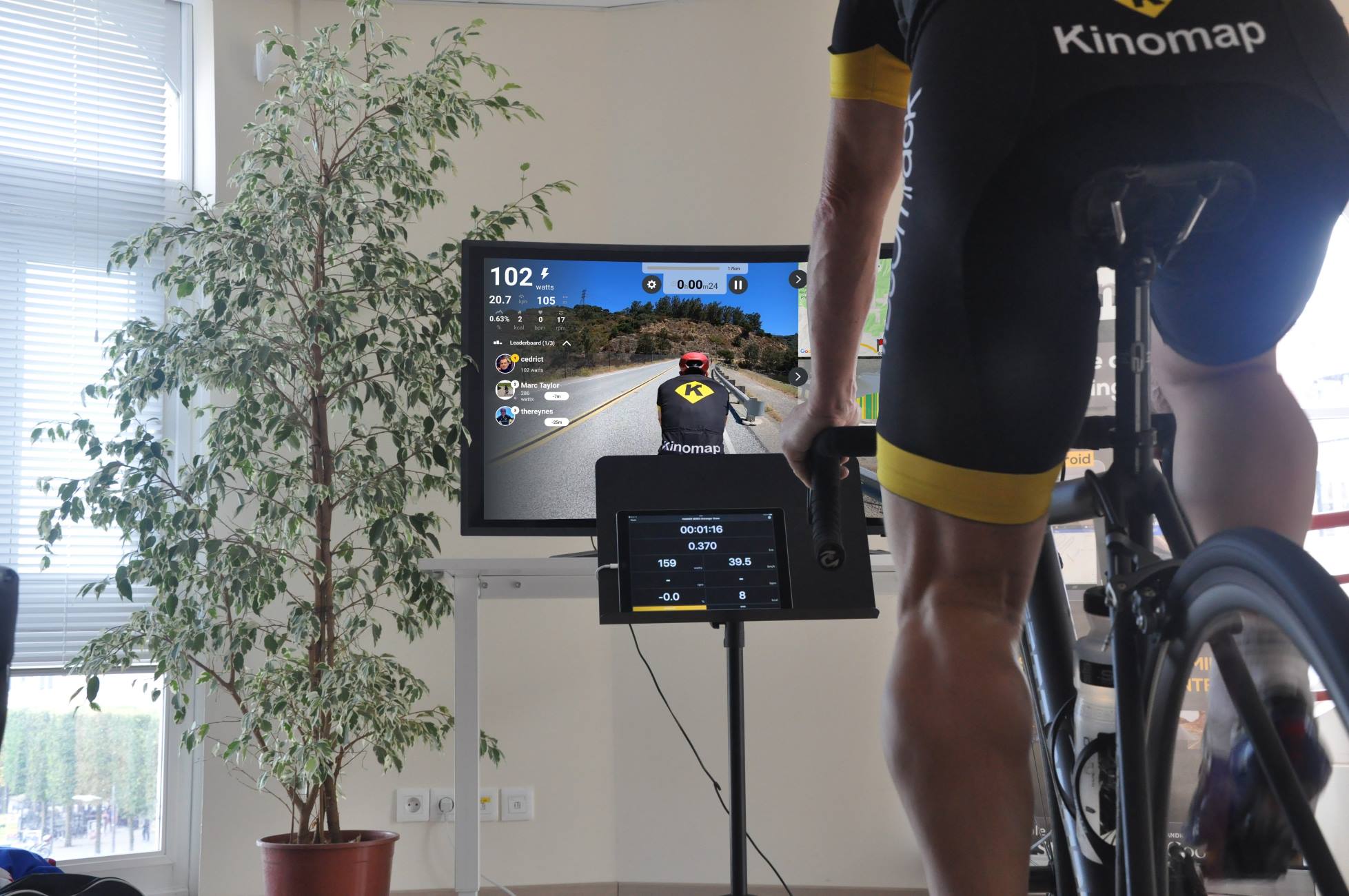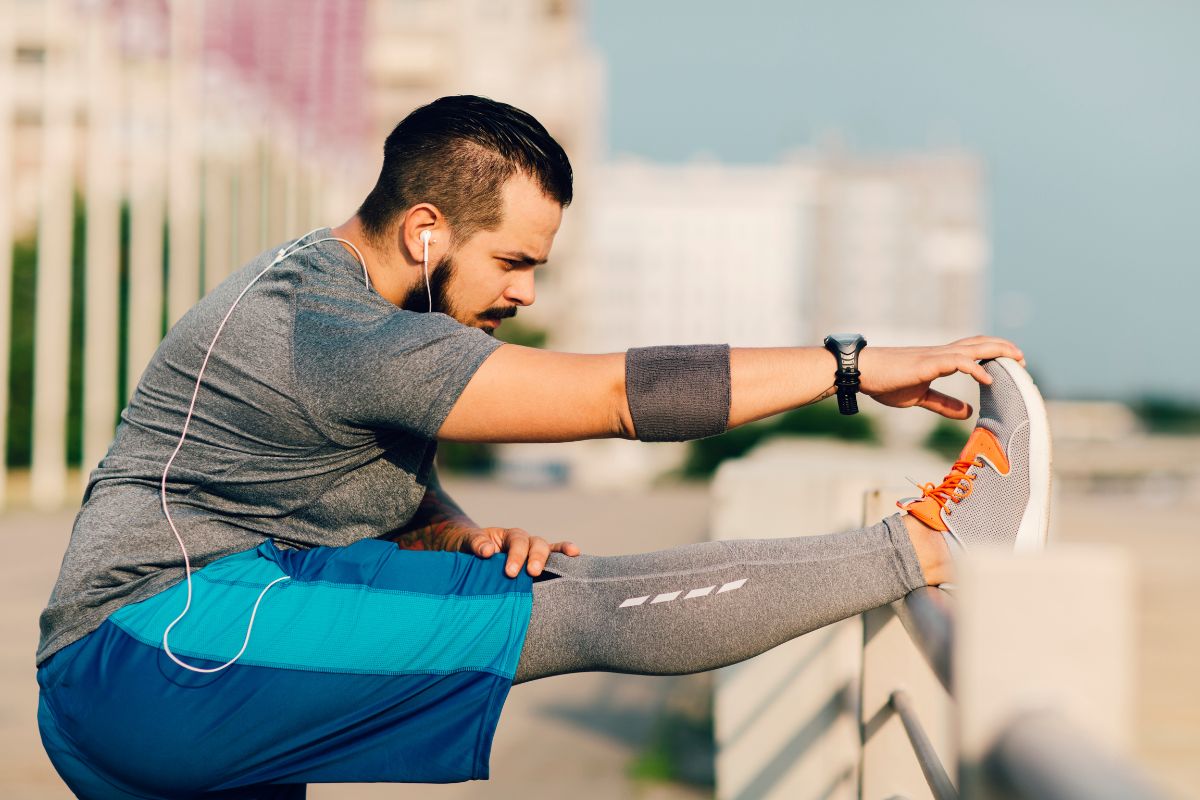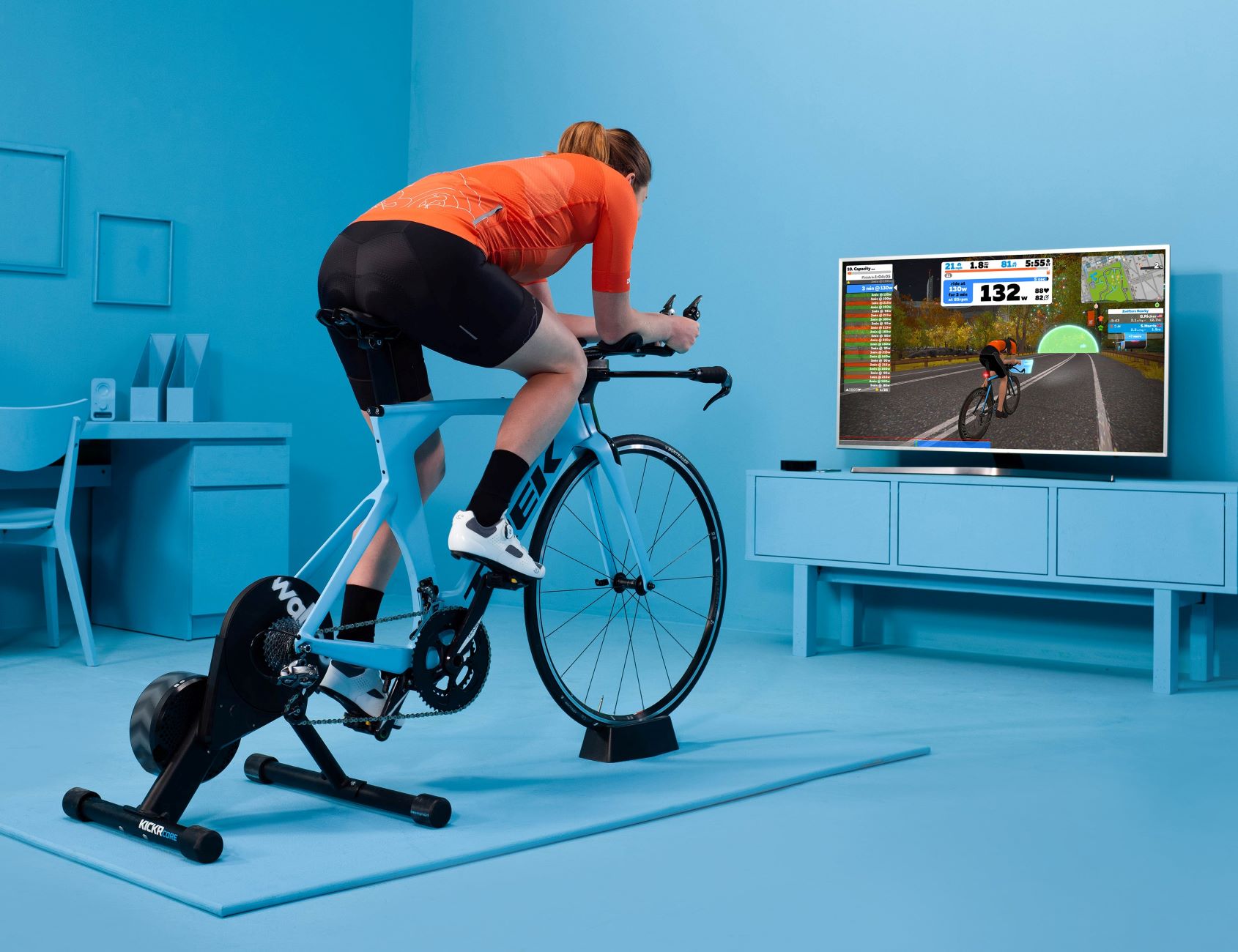Home>Training & Techniques>Cross-Training>The Importance Of Aquajogging For Runners
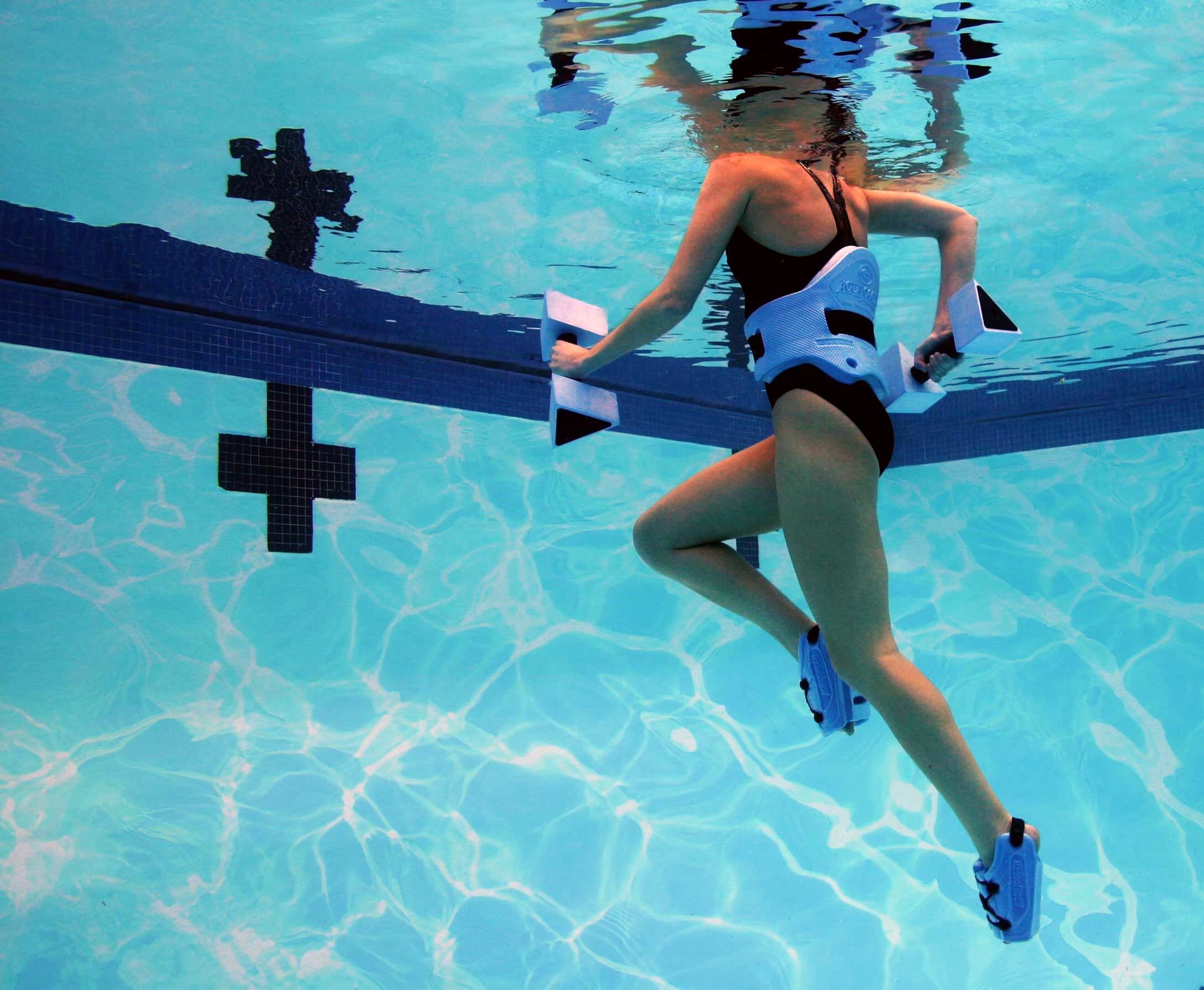

Cross-Training
The Importance Of Aquajogging For Runners
Published: February 20, 2024
Discover the benefits of aquajogging as a cross-training activity for runners. Learn how it can improve your performance and prevent injuries.
(Many of the links in this article redirect to a specific reviewed product. Your purchase of these products through affiliate links helps to generate commission for Therunningadvisor.com, at no extra cost. Learn more)
Table of Contents
Benefits of Aquajogging for Runners
Aquajogging, also known as water running, is a low-impact exercise that offers a myriad of benefits for runners. Whether you're recovering from an injury, looking to cross-train, or aiming to enhance your overall running performance, incorporating aquajogging into your training routine can be a game-changer. Here are the key benefits of aquajogging for runners:
1. Low-Impact Cardiovascular Workout
Aquajogging provides a fantastic cardiovascular workout without the high-impact stress on your joints that often accompanies traditional running. The buoyancy of the water reduces the impact on your muscles and joints, making it an ideal cross-training activity for runners looking to minimize the risk of overuse injuries.
2. Enhanced Muscle Conditioning
Engaging in aquajogging activates and strengthens a wide range of muscles, including those in the legs, core, and arms. The resistance provided by the water forces your muscles to work harder, leading to improved overall strength and endurance. This, in turn, can contribute to better running performance and reduced risk of muscle imbalances.
3. Injury Rehabilitation and Prevention
For runners recovering from injuries, aquajogging offers a safe and effective way to maintain cardiovascular fitness and muscle strength without exacerbating existing injuries. Additionally, it can aid in the prevention of future injuries by allowing runners to continue their training with reduced impact on vulnerable areas.
4. Active Recovery
After a challenging running workout or race, aquajogging can serve as an excellent form of active recovery. The water's resistance helps flush out lactic acid and promotes circulation, which can aid in reducing muscle soreness and accelerating the recovery process.
5. Mental Refreshment
Beyond the physical benefits, aquajogging provides a refreshing change of scenery and a mental break from the monotony of road or trail running. The serene environment of the pool can offer a welcome mental reprieve while still allowing you to engage in a productive workout.
Incorporating aquajogging into your training regimen can offer a multitude of advantages for runners, making it a valuable addition to any training program. Whether you're aiming to prevent injuries, enhance your overall fitness, or simply mix up your routine, the benefits of aquajogging are undeniable.
How Aquajogging Can Prevent Injuries
Aquajogging serves as a highly effective method for preventing injuries among runners. The low-impact nature of this water-based exercise significantly reduces the stress on the body, particularly the joints and muscles, which are often susceptible to overuse injuries in traditional running. By immersing oneself in water and engaging in the rhythmic motion of aquajogging, runners can experience a range of injury-preventive benefits.
One of the primary ways in which aquajogging aids in injury prevention is by providing a controlled environment for maintaining cardiovascular fitness and muscle strength. When recovering from an injury or seeking to prevent overuse injuries, it is crucial to engage in activities that minimize impact while allowing for continued conditioning. Aquajogging achieves this balance by enabling runners to sustain their cardiovascular endurance and muscle engagement without subjecting their bodies to the repetitive pounding associated with running on hard surfaces.
Furthermore, the resistance offered by the water during aquajogging sessions facilitates the strengthening of muscles throughout the body. This comprehensive muscle conditioning is instrumental in preventing imbalances and weaknesses that can lead to injuries in runners. By targeting a wide range of muscle groups, including those in the legs, core, and arms, aquajogging promotes overall strength and stability, thereby reducing the likelihood of sustaining injuries related to muscular imbalances.
In addition to its physical benefits, aquajogging also serves as a form of active recovery, particularly following intense running workouts or races. The buoyancy of the water aids in alleviating muscle soreness and promoting circulation, thereby expediting the recovery process. By engaging in aquajogging during periods of active recovery, runners can effectively reduce the risk of overuse injuries and ensure that their bodies recuperate optimally between high-impact training sessions.
Moreover, the serene and tranquil environment of the pool where aquajogging takes place can contribute to mental rejuvenation, which is equally vital in injury prevention. Mental fatigue and monotony can lead to decreased focus and form during running, potentially increasing the risk of injuries. Aquajogging offers a refreshing change of scenery and a mental break from the demands of traditional running, allowing runners to maintain a positive mindset and reduce the likelihood of mental fatigue-related injuries.
In essence, aquajogging stands as a multifaceted approach to injury prevention for runners. By minimizing impact, promoting muscle conditioning, facilitating active recovery, and offering mental refreshment, aquajogging plays a pivotal role in safeguarding runners against a myriad of potential injuries, ultimately contributing to their long-term health and performance.
Improving Running Performance with Aquajogging
Aquajogging, often overlooked as a mere cross-training activity, holds the potential to significantly enhance running performance in numerous ways. By incorporating aquajogging into a runner's training regimen, individuals can unlock a range of benefits that directly contribute to improved performance on the roads, trails, or tracks.
First and foremost, aquajogging serves as a valuable tool for maintaining cardiovascular fitness during periods of reduced impact. By simulating the running motion in water, runners can sustain their aerobic capacity without subjecting their bodies to the repetitive stress of traditional running. This allows for the preservation of cardiovascular endurance, ensuring that runners remain in peak condition even when unable to engage in high-impact training due to injury recovery or other circumstances.
Moreover, the resistance provided by the water during aquajogging sessions offers a unique opportunity for runners to strengthen and condition their muscles in a low-impact environment. The engagement of various muscle groups, including those in the legs, core, and arms, contributes to improved overall strength and endurance. As a result, runners can experience enhanced muscular performance when transitioning back to land-based running, potentially leading to improved speed, power, and efficiency.
Furthermore, aquajogging plays a pivotal role in promoting active recovery, a crucial component of sustained running performance. By engaging in aquajogging sessions following intense running workouts or races, individuals can expedite the recovery process and reduce muscle soreness. This, in turn, allows for quicker recuperation and minimizes the risk of overuse injuries, ultimately enabling runners to maintain consistent training and performance levels.
In addition to its physical benefits, aquajogging offers a mental reprieve from the demands of traditional running. The serene environment of the pool, combined with the rhythmic motion of aquajogging, provides runners with a refreshing change of scenery and a break from the mental fatigue often associated with rigorous training. This mental rejuvenation can lead to improved focus, motivation, and overall mental resilience, all of which are integral to achieving peak running performance.
In essence, aquajogging stands as a versatile and effective means of enhancing running performance. By preserving cardiovascular fitness, promoting muscular conditioning, expediting recovery, and offering mental refreshment, aquajogging equips runners with the tools necessary to elevate their performance and achieve their running goals. Whether used as a complementary training method or as a primary form of exercise, aquajogging has the potential to propel runners to new heights of success in their running endeavors.
Incorporating Aquajogging into Your Training Routine
Incorporating aquajogging into your training routine can be a transformative addition that complements your land-based running regimen. Whether you are aiming to prevent injuries, enhance overall fitness, or break through performance plateaus, integrating aquajogging into your training routine offers a multitude of benefits.
To begin, consider designating specific days or sessions for aquajogging within your weekly training schedule. By allocating dedicated time for aquajogging, you can ensure that it receives the attention and focus it deserves as a valuable component of your overall training program. This deliberate approach allows you to fully reap the rewards of aquajogging without it being overshadowed by other training activities.
When incorporating aquajogging into your routine, it's essential to establish clear objectives for each session. Whether you are using aquajogging for injury prevention, active recovery, or performance enhancement, defining your goals beforehand can help tailor the intensity and duration of your aquajogging workouts to align with your specific training needs.
Furthermore, consider integrating aquajogging into your training routine as a complementary activity rather than a mere alternative to running. By recognizing aquajogging as a valuable cross-training tool, you can leverage its unique benefits to enhance your overall running performance. This perspective allows you to approach aquajogging with intention and purpose, maximizing its impact on your training outcomes.
In addition, seek opportunities to combine aquajogging with other forms of cross-training, such as swimming, cycling, or strength training. By diversifying your cross-training activities, you can create a well-rounded training routine that addresses various aspects of fitness and performance. This holistic approach not only prevents monotony but also fosters overall physical resilience and versatility.
Moreover, consider consulting with a coach or fitness professional to develop a structured aquajogging program tailored to your individual needs and goals. Their expertise can provide valuable insights into optimizing your aquajogging sessions to align with your running objectives, ensuring that you derive maximum benefit from this form of cross-training.
By incorporating aquajogging into your training routine with purpose, intention, and strategic planning, you can harness its potential to elevate your running performance, prevent injuries, and cultivate a more well-rounded approach to fitness and training. Embracing aquajogging as an integral part of your training regimen can lead to enhanced overall resilience, improved performance, and a more sustainable and fulfilling running experience.
Read more: The Importance Of Omega-3 Fats For Runners
Aquajogging Equipment and Techniques
Aquajogging, a highly beneficial form of cross-training for runners, requires minimal equipment and can be easily incorporated into a training routine. Understanding the essential equipment and mastering proper techniques are crucial for maximizing the benefits of aquajogging.
Equipment
-
Flotation Belt: A flotation belt is the primary piece of equipment for aquajogging. It provides buoyancy, allowing the runner to stay afloat while maintaining an upright position in the water. The flotation belt should fit securely around the waist to provide adequate support without causing discomfort.
-
Pool or Aquatic Shoes: While not mandatory, pool or aquatic shoes can offer additional traction and stability during aquajogging sessions. These specialized shoes are designed to provide grip on pool surfaces, enhancing the runner's stability and preventing slips.
-
Swimwear: Opt for comfortable and non-restrictive swimwear that allows for freedom of movement. This could include swim trunks, swimsuits, or any attire suitable for aquatic activities.
Techniques
-
Upright Posture: Maintain an upright posture while aquajogging to simulate the natural running position. Engage the core muscles to stabilize the body and avoid leaning forward or backward excessively.
-
Rhythmic Arm Movements: Coordinate arm movements with leg movements to promote balance and propulsion. Mimic the arm swing motion used during land-based running to optimize the overall workout.
-
Consistent Leg Action: Focus on maintaining a consistent and controlled leg action, driving the knees up and extending the legs behind in a fluid motion. This helps engage the lower body muscles effectively.
-
Varied Intensity: Adjust the intensity of the workout by altering the speed and depth of the aquajogging motion. Increase resistance by moving to deeper water or intensify the pace for a more challenging workout.
-
Breathing Control: Practice controlled breathing to synchronize with the rhythmic movements. Inhale deeply and exhale steadily to maintain a steady flow of oxygen to the muscles.
By familiarizing oneself with the necessary equipment and mastering the proper techniques, runners can seamlessly integrate aquajogging into their training routine. This low-impact, high-benefit activity offers a refreshing and effective approach to cross-training, contributing to improved running performance and overall fitness.



